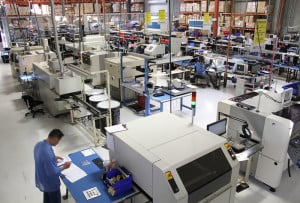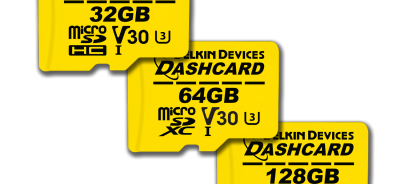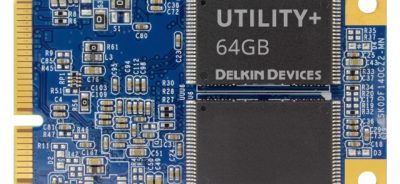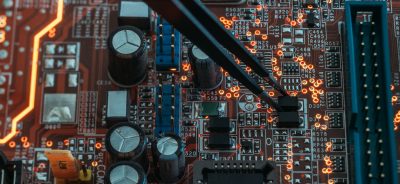Automation Applications Embedded Systems
Automation applications are changing the way many different industries do business, from manufacturing to the automotive industry. Embedded systems are a big part of that change. Embedded systems are used extensively for automation purposes, as they allow devices to be small, agile, and fast-moving. Though embedded systems can be very complex and involve complicated user interfaces, many are very simple and perform only one task—but the task they perform may be critical to the operation of the system. Here is a closer look at the facts about automation applications embedded systems.
Embedded System Basics
Embedded systems consist of hardware and software components and are used to perform one or two specific tasks within a bigger system. These systems date back to the 1960s, when they were initially designed to make computers—such as the Apollo Guidance Computer and missile guidance systems—lighter. Today, they can be found in everything from mobile phones to airplanes and medical devices. They exist within these systems to perform one specific task.
Embedded system hardware can be microprocessor- or microcontroller-based. With a microprocessor system, only the CPU is implemented. This means that it is still necessary to use memory chips and other device-specific components. Microcontroller systems are self-contained, so they include the CPU and memory—usually flash memory—as well as any other necessary components. Typically, microcontroller embedded systems are used when more complicated tasks are required, especially when there is a need for an embedded system with low power demands. Usually, embedded systems rely on their own operating language, especially when they need to be functional in real time.
Embedded Systems in Automation Applications
Embedded systems are ideal for use in automated systems. The goal of automated systems is to increase the speed of manufacturing and other operations while reducing the risk of human error and increasing operator safety. Automation applications rely on embedded flash memory to execute processes. With an embedded memory system, devices that host automation applications can be small without sacrificing reliability.
Within automation applications, it’s essential for embedded systems to be able to withstand the environmental demands of manufacturing facilities. In these environments, temperature extremes, vibration, and shock are common. For this reason, most automation applications have embedded systems designed with SLC, or single-level cell, flash memory.
Delkin specializes in rugged, embedded memory systems for industrial applications, including use in automation. Get in touch with our team today to find out more about your options for automation applications embedded systems.
ORDER DELKIN INDUSTRIAL FLASH STORAGE TODAY through our distribution partner Newark.
 Login
Login Register
Register












